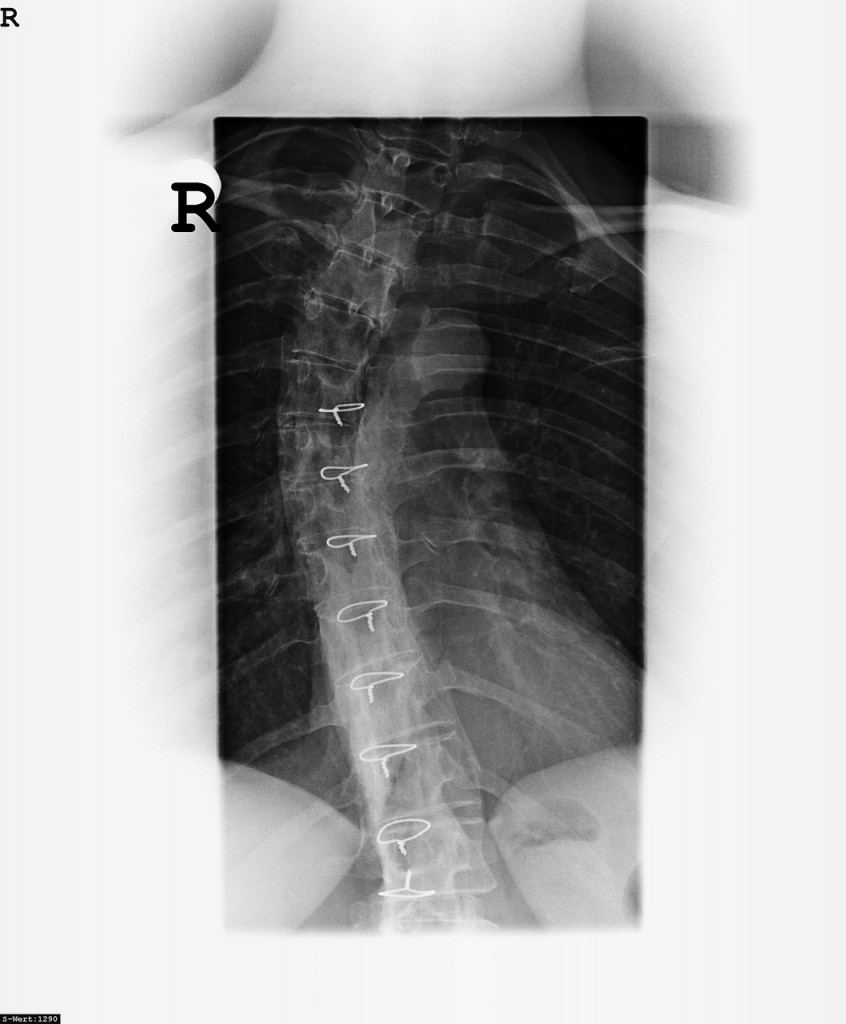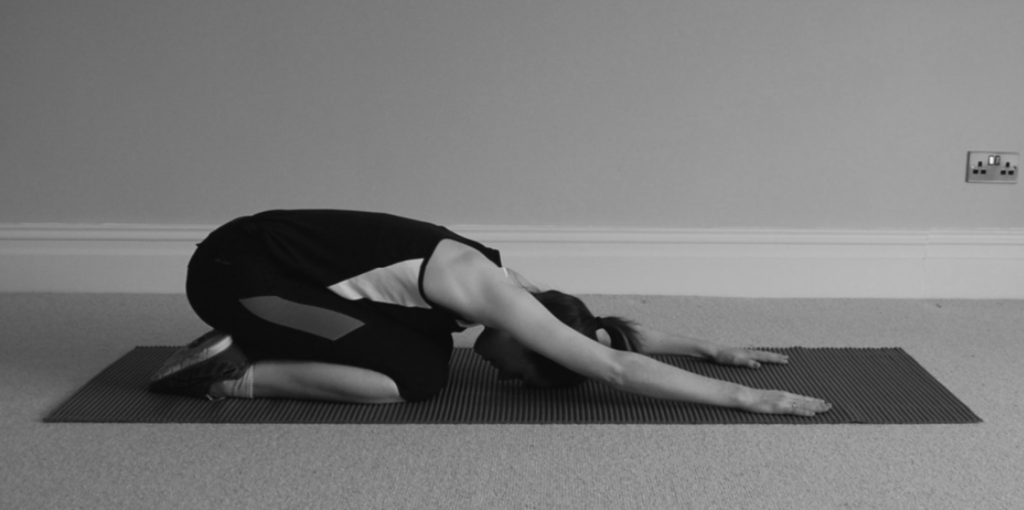
I hurt my back, so I will probably have bad back pain from now on
While Low Back Pain (LBP) can be very painful, most people make a very good recovery, with no significant changes to their quality of life. It is common for people with LBP to have occasional episodes of LBP in their lifetime, but these are rarely disabling problems. Research shows that when you first experience LBP, some simple advice can help reduce it and reduce the risk of it happening again.
I have back pain, so I should stay in bed and rest
In the first few days after the initial injury, avoiding aggravating activities may help to relieve pain, similar to pain in any other part of the body, such as a sprained ankle. However, there is good evidence that exercises and returning to all usual activities, including work and hobbies, is important in aiding recovery. In contrast, prolonged rest is unhelpful. This increase in exercise and return to activity can be done gradually, and has been shown to reduce the risk of future pain and disability.
The more back pain I have, the more my spine is damaged
More pain does not always mean more damage. People with similar back problems can feel very different levels of pain. The degree of pain felt can vary according to a number of factors, including the situation in which the pain occurs, previous pain experiences, your mood, fears, fitness, stress levels and coping style. If you have LBP it might be that the nerves involved in sending and processing pain are relatively more ‘active’ compared to other people. This can mean you feel more pain when you move or try to do something, even though you are not damaging your spine. In such cases, a number of strategies, including exercises, can be used to help lessen the pain and disability experienced.
My back pain is due to something being ‘out of place’
There is no evidence that LBP is caused by a bone or joint in your back being out of place, or your pelvis being out of alignment. For most people with back pain, X-rays and scans do not show any evidence of bones or joints being ‘out of place’. In the small number of people with some changes in their spinal alignment, this does not increase the risk of LBP. Even if you feel a little better in the short-term after having your back manipulated, nothing has been put back in place – there was never anything ‘out of place’!
I need a scan or X-ray for my back pain
In most cases of LBP, X-rays and scans are not needed. Every year very large sums of money are spent on unnecessary X-rays and scans for LBP. In addition, many of these scans involve exposure to radiation. Only a small number of these tests actually contribute to better management of the problem. In fact, even adults with no LBP will have evidence of normal ‘wear and tear’ on these scans. A simple clinical examination is usually enough to identify the minority of people for whom scans are required.

I need an operation to cure my back pain
Only a tiny proportion of people with LBP require surgery. Long-term outcomes after surgery and Physiotherapy are generally similar. Surgery is a higher risk treatment and so is only used if there is no other option. The vast majority of people with LBP can manage their problem by staying active and developing a better understanding of what pain means, and what factors are involved in their pain. This should help them continue their usual daily tasks, without having to resort to surgery.
If you have LBP, pop into us at Motion Physio Clinic, Prosperous, Tel: 045 841010, or Book Online. I can perform an assessment, give you a diagnosis and treat you as required.
Taken from the Challenging Back Pain Myths leaflet from www.iscp.ie
